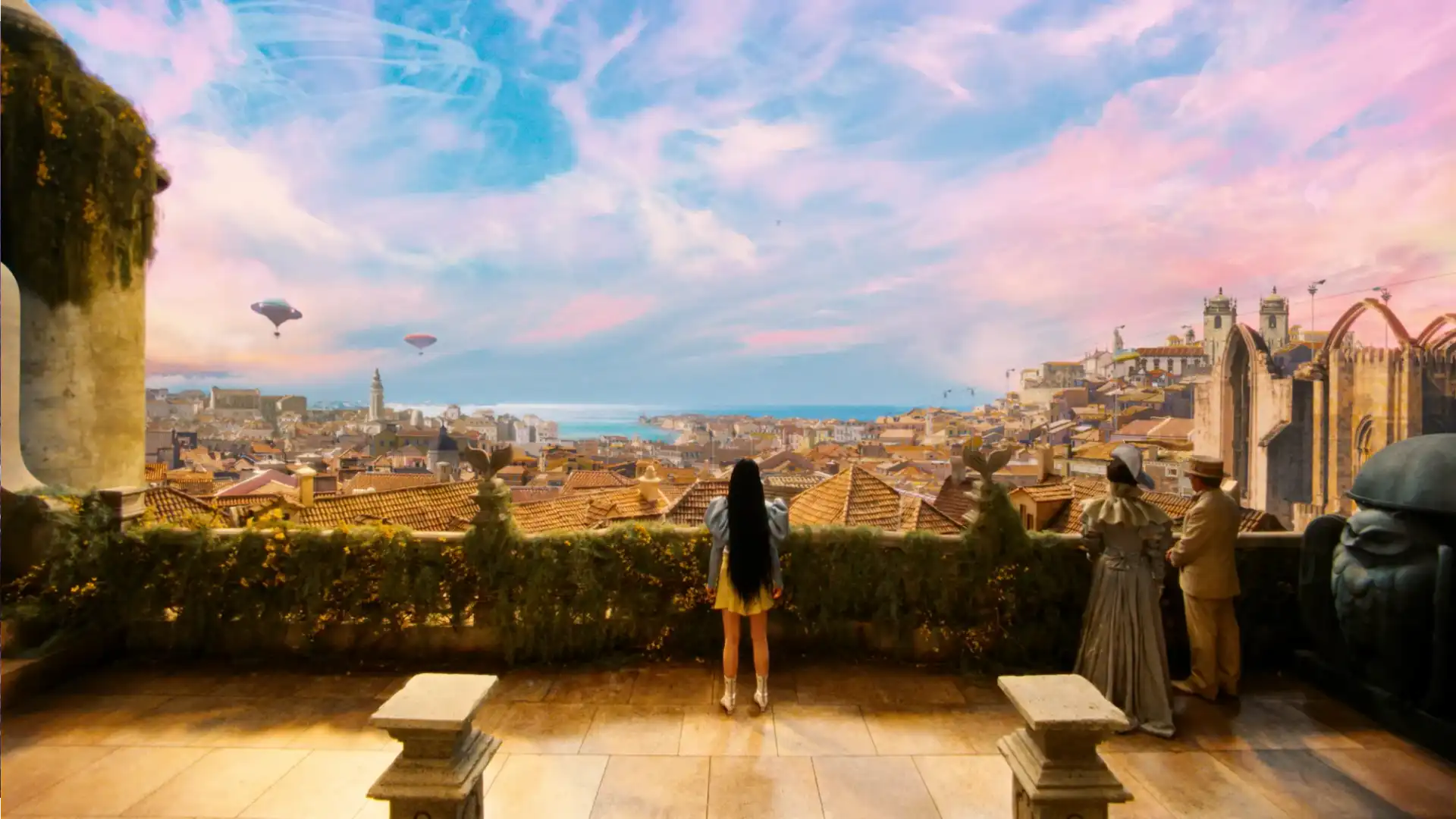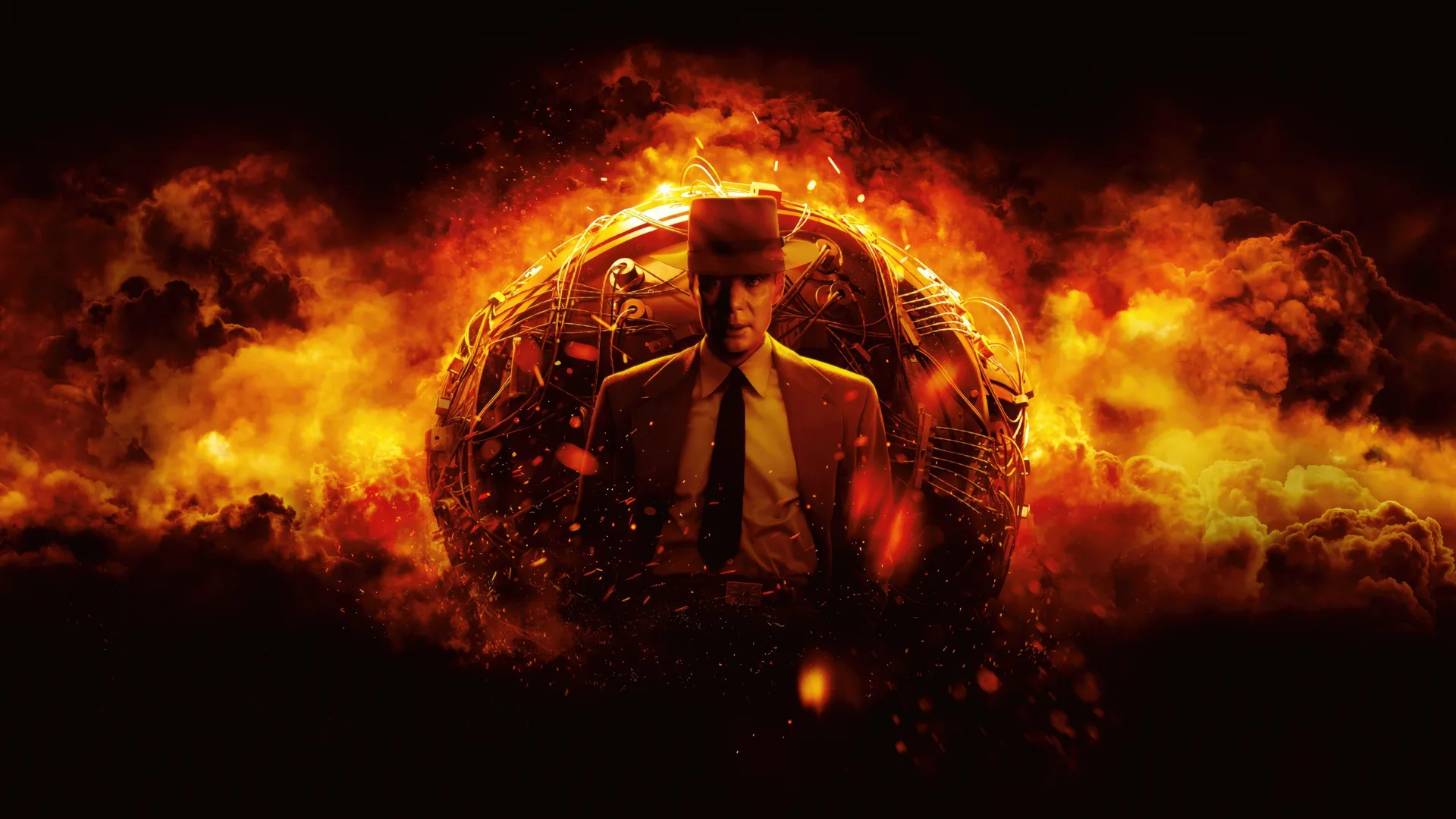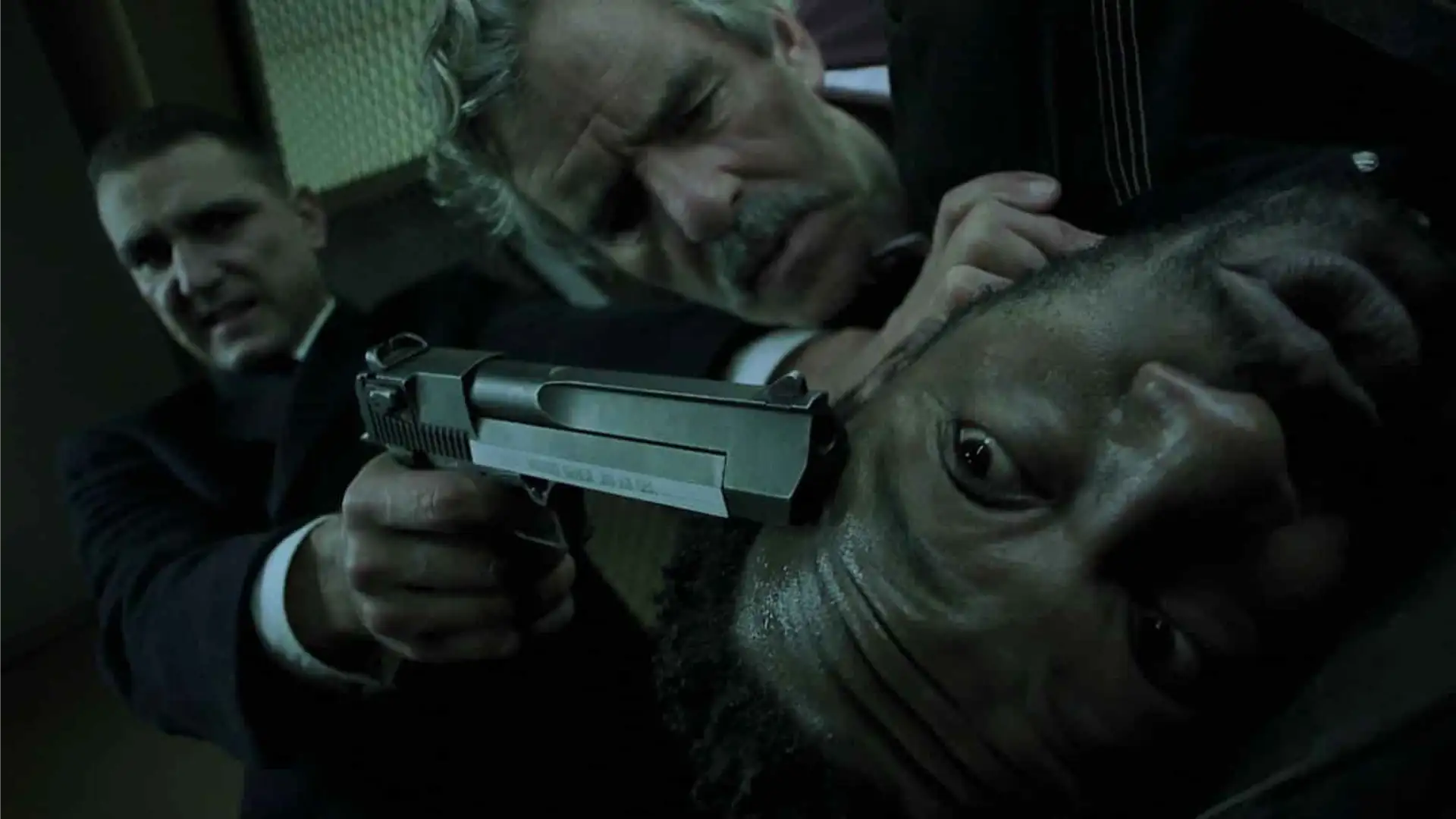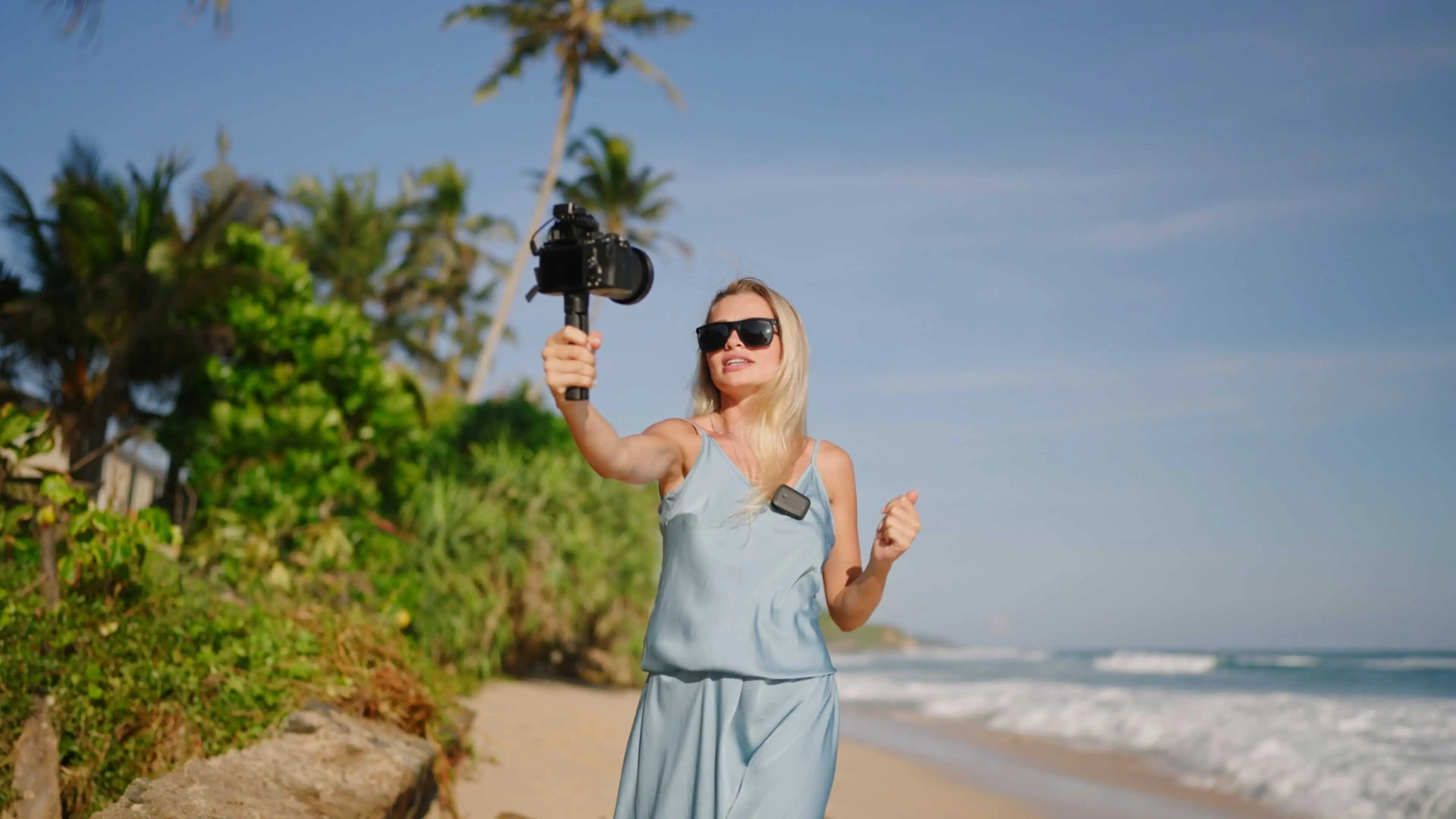Important Features of Documentary Cameras
Like every other kind of film project, creating a documentary film has its own requirements. From the equipment of lighting and sound to the camera you use, are all crucial. Below are the camera features that are important in a documentary project.
The Image Type
It’s crucial to get the exact image that is the best fit for the story you’re telling. This is what you can learn from watching different documentaries in the same genre you want to work and pay attention to the way they’ve filmed the documentary. You should choose whether you want a cinematic image or a flat reporting image. There’s always a correlation between the image type and the genre. The image type consists of color science, dynamic range, and resolution, and the difference in these three factors will change the visual effect that the audience perceives.
Environmental Compatibility
As the condition of filming can be tough and unpredictable in creating a documentary, your equipment, especially the camera, should be suitable for that. Its particular case is filming in nature where everything might happen to your camera from getting drowned to buried. There are times when the conditions are so rare that the team has to be completely innovative to be able to capture what they want. A good example is David Attenborough’s documentary film Life That Glows, which is about bioluminescent creatures. The condition was so rare that it made the cinematographer Martin Dohrn create a new camera that made it possible for them to capture what they want in the darkness. The camera he created takes images in two forms, one is able to film the creature and its surrounding in low light which is almost black and white, and the other takes only the luminance it creates. Then with stacking two layers, the result will be an astonishing documentary film like that.

Accessories Price
Just a quick note, obviously during documentary projects you’ll need different accessories to increase the quality of your work and the possibilities for the team. Things like different lenses, battery chargers, and more. So it’s important to get them at a reasonable price as they’re an inseparable part of your preparation for the project.
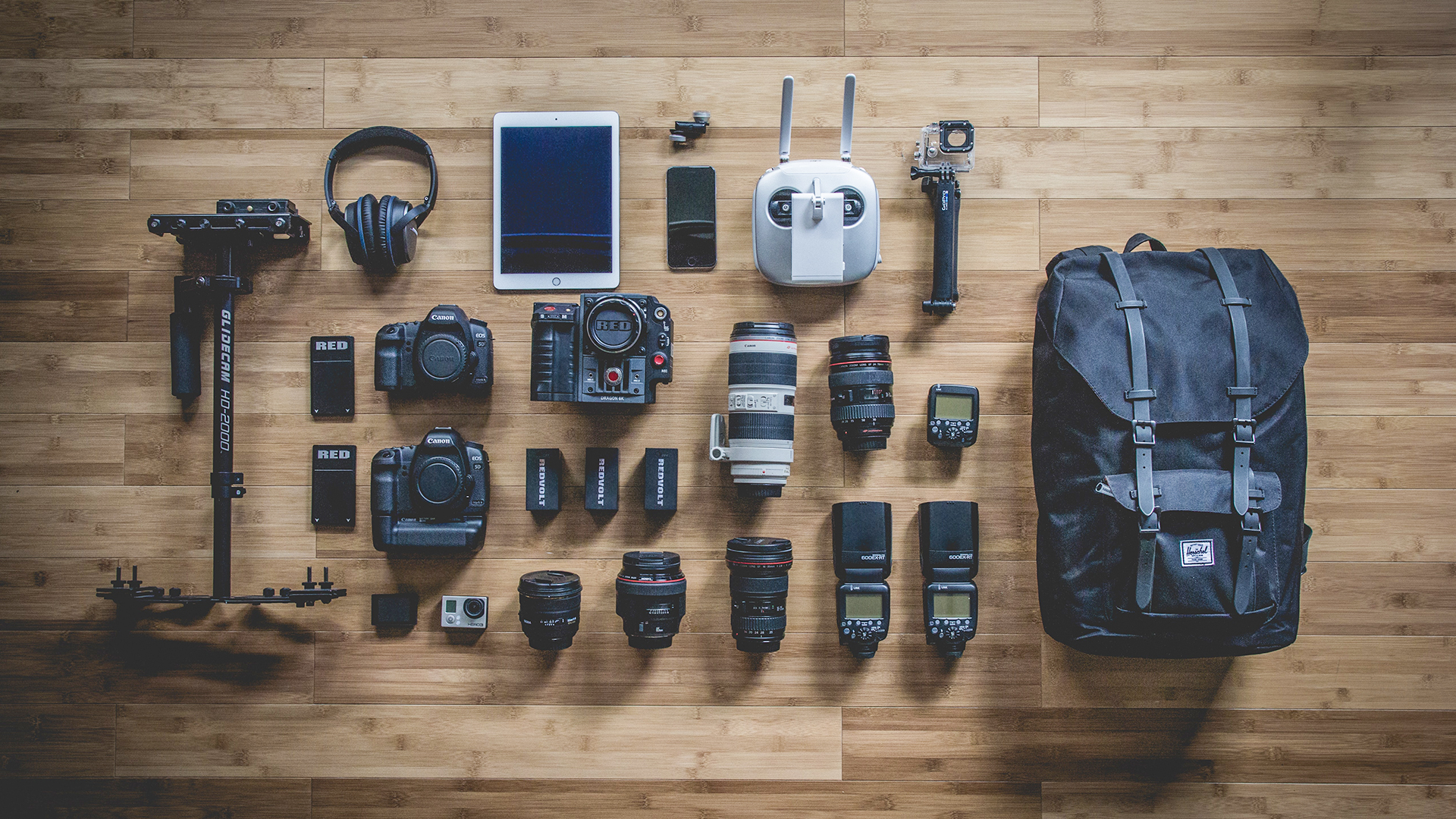
The Documentary Cameras
Now that we learned a bit about some of the needs in documentary production, let’s discover some good candidate cameras and see what they have to offer.
Canon C100 Mark II
Using continuous autofocus function compatible with all Canon autofocus lenses, Canon C100 Mark II is a good candidate for a documentary film. It weighs 1.5 kg so it’s not completely run and gun but with the price of $2,699.00, it’s cheaper than other Canon cameras so it’s cost-effective. It records in MP4 format with some slow and fast motion options.
Specs:
Image Sensor Size | 24.6 x 13.8 mm (Super35)
Sensor Type | CMOS
Sensor Resolution | Actual: 4206 x 2340 (9.84 MP)
Effective: 3840 x 2160 (8.29 MP)
Recording Modes |
MP4:1920 x 1080p at 23.98/25/29.97/50/59.94 fps (35MB/s)
Dynamic range | 12 stops
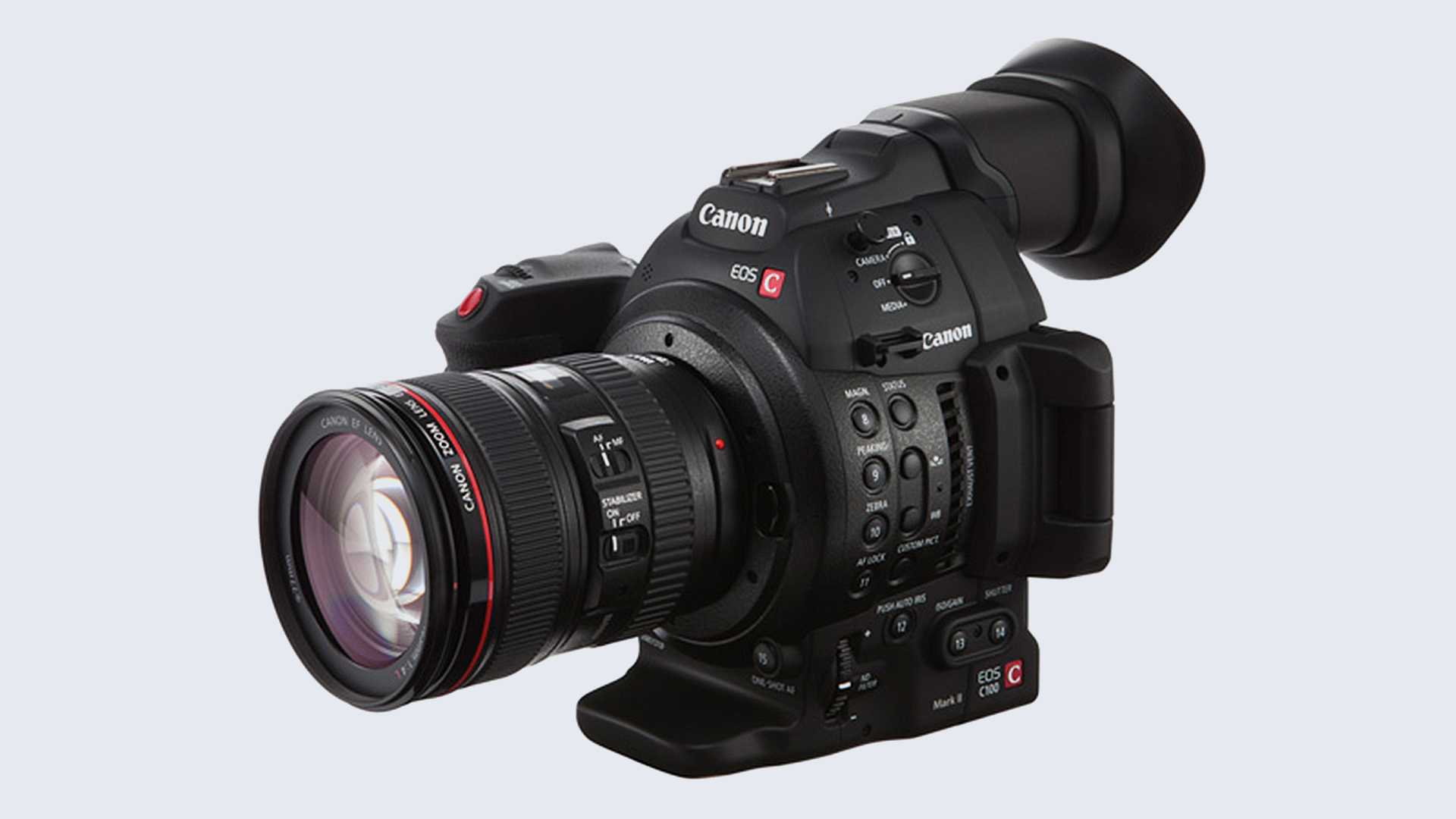
Sony FX9
A cinematic option, suitable for occasions where you are going to shoot the scene using the camera on a tripod. Because the body alone weighs 2kg, which is kinda heavy and not suitable for long term handheld or shoulder-mounted use. So if you want to use a camera like this for dynamic shots you should probably be in the back of a van or something to be able to move easily. Like the weight, the $10,998.00 price of Sony FX9 also seems to be heavy for many. But Sony FX9 enables you to capture 4K images with cinematic depth of field which is perfect for Hollywood style interviews and B-rolls. If you use it to capture wildlife it helps you with its enhanced Fast Hybrid AF that is a combination of phase-detection AF for fast and accurate subject tracking, and contrast AF for special focus accuracy.
Specs:
Image Sensor Size | 35.7 x 18.8 mm (Full-Frame)
Sensor Type | CMOS
Sensor Resolution | Effective: 3840 x 2160
Recording Modes |
XAVC-I 4:2:2 10-Bit: 3840 x 2160p at 23.98/25/29.97/50/59.94 fps
(240 to 600 Mb/s)
1920 x 1080p at 23.98/25/29.97/50/59.94/100/120
fps (89 to 222 Mb/s)
Dynamic Range | 15 Stops
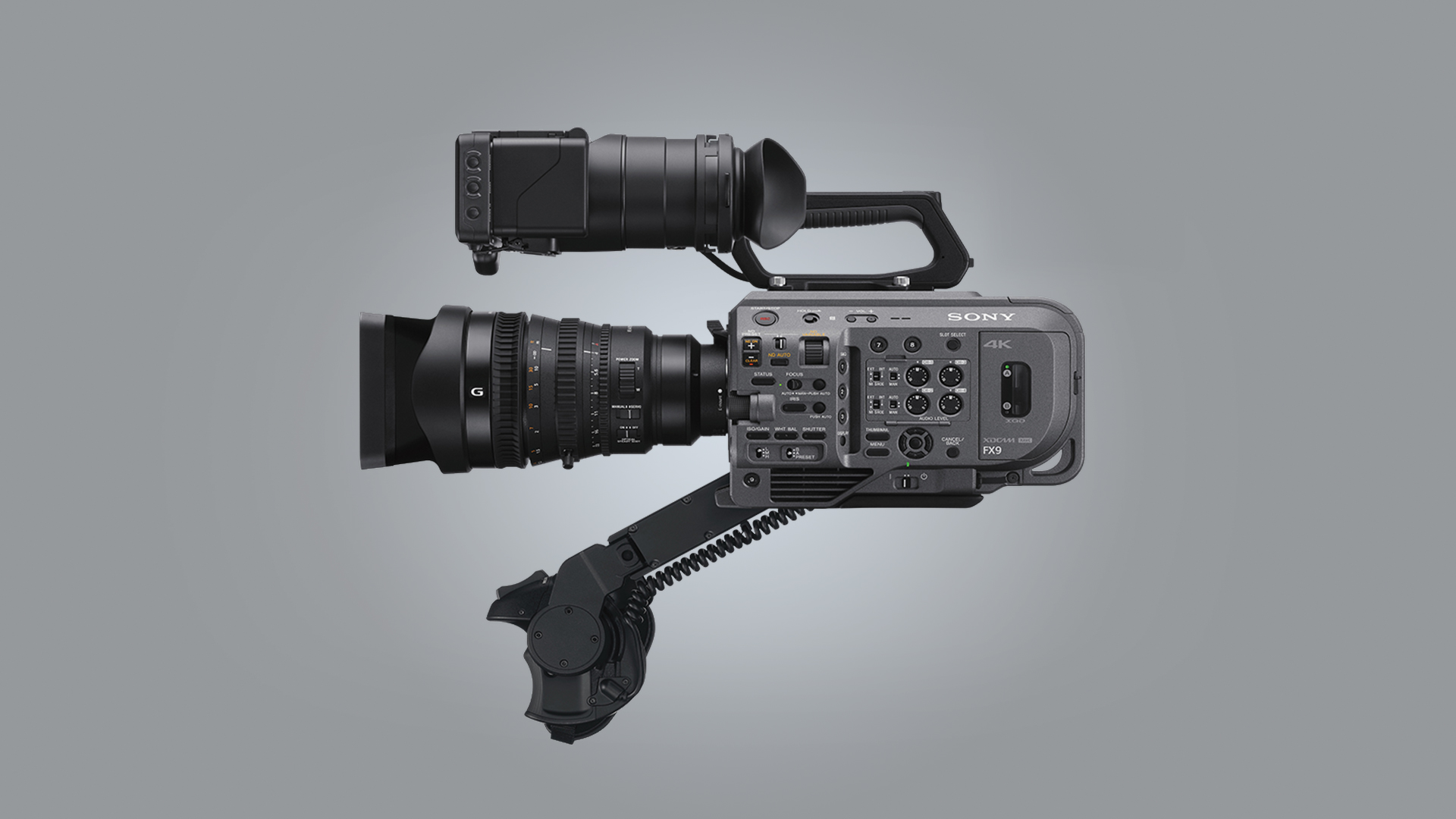
Panasonic HC-X1000
As I said before, there are cases for documentary films that do not need to be captured cinematically and simple journalistic footage will do the job. In this case, Panasonic x1000 is a 1.5kg option that is considered suitable for cases where you don’t need cinematic footage, and a clear image of the subject you’re following is good enough. Like some observational journalistic documentaries that discover the dark side of manufacturers and how they’re affecting the environment.
Of course, by saying journalistic footage I don’t mean Panasonic HC-X1000 doesn’t capture in 4k but the downside is that its lens is not interchangeable. But there’s also a tempting point, it has Leica Dicomar 20x optical zoom lens and this 20x optical zoom is truly useful in many documentary projects. Panasonic HC-X1000 camera is also very affordable in comparison to the other options as the price tag is only $1,799.00.
Specs:
Image Sensor | 1-Chip 1/2.3″ MOS Sensor
Sensor Resolution | 18.47 MP
Effective Sensor Resolution 8.85 MP
Recording Modes | MP4:
4096 x 2160p at 24 fps (100 Mb/s)
3840 x 2160p at 23.98/25/29.97/50/59.94 fps
(100 to 150 Mb/s)
1920 x 1080p at 23.98/25/29.97/50/59.94 fps (50
to 200 Mb/s)
Dynamic range | 12 stops
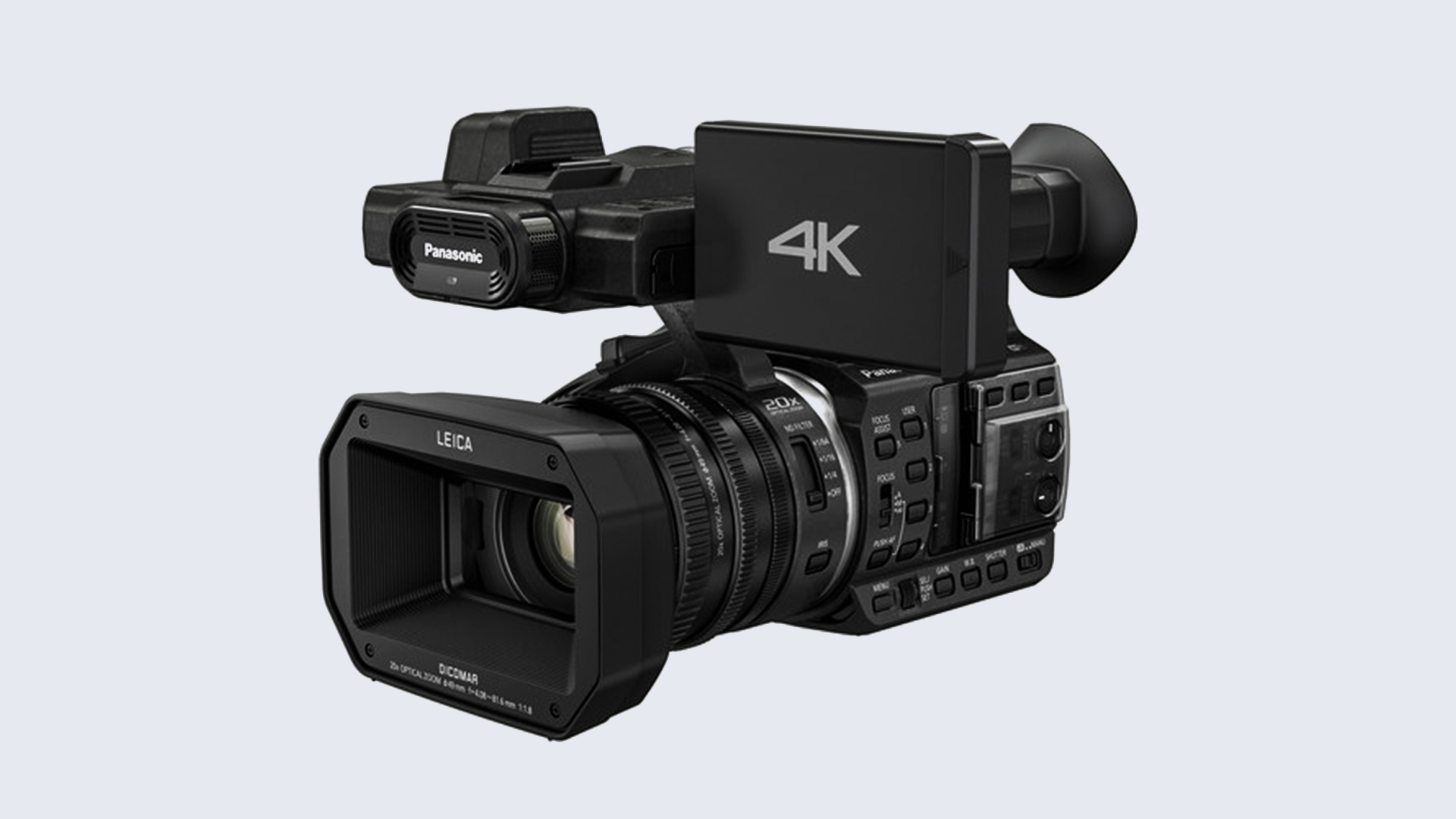
Sony a7 Series
With a body of only 650g, Sony A7 III is a run and gun camera that can help you do the mobile filming fast and easy. In comparison with the predecessors in the Sony a series, a7 III has improved speed and low-light performance. Its full-frame 24.2MP Exmor R BSI CMOS sensor along with the BIONZ X image processor is also there to realize an amazing 10 fps continuous shooting rate for photography. A7 III will give you a nice UHD 4K video with the full width of the full-frame sensor at two different frame rates, 30p and 24p, and bitrates of 100 MBPS and 60 MBPS.
By using 693 phase-detection points and 425 contrast-detection areas, its updated Fast Hybrid AF system is able to do a quick acquisition of focus regardless of the lighting conditions while maintaining focus on the subjects. With the price tag of $1,998.00, Sony a7 III is an affordable option in Sony collection.
Specs:
Sensor Type | CMOS
Sensor Size | 35.6 x 23.8 mm
Pixels | Actual: 25.3 Megapixel
Effective: 24.2 Megapixel
Recording Modes | XAVC S/H.264: UHD 4K (3840 x 2160) at 23.976p/25p/29.97p [60 to 100 Mb/s]
Full HD (1920 x 1080) at 100p/119.88p [60 to 100Mb/s]
Dynamic range | 15 stops
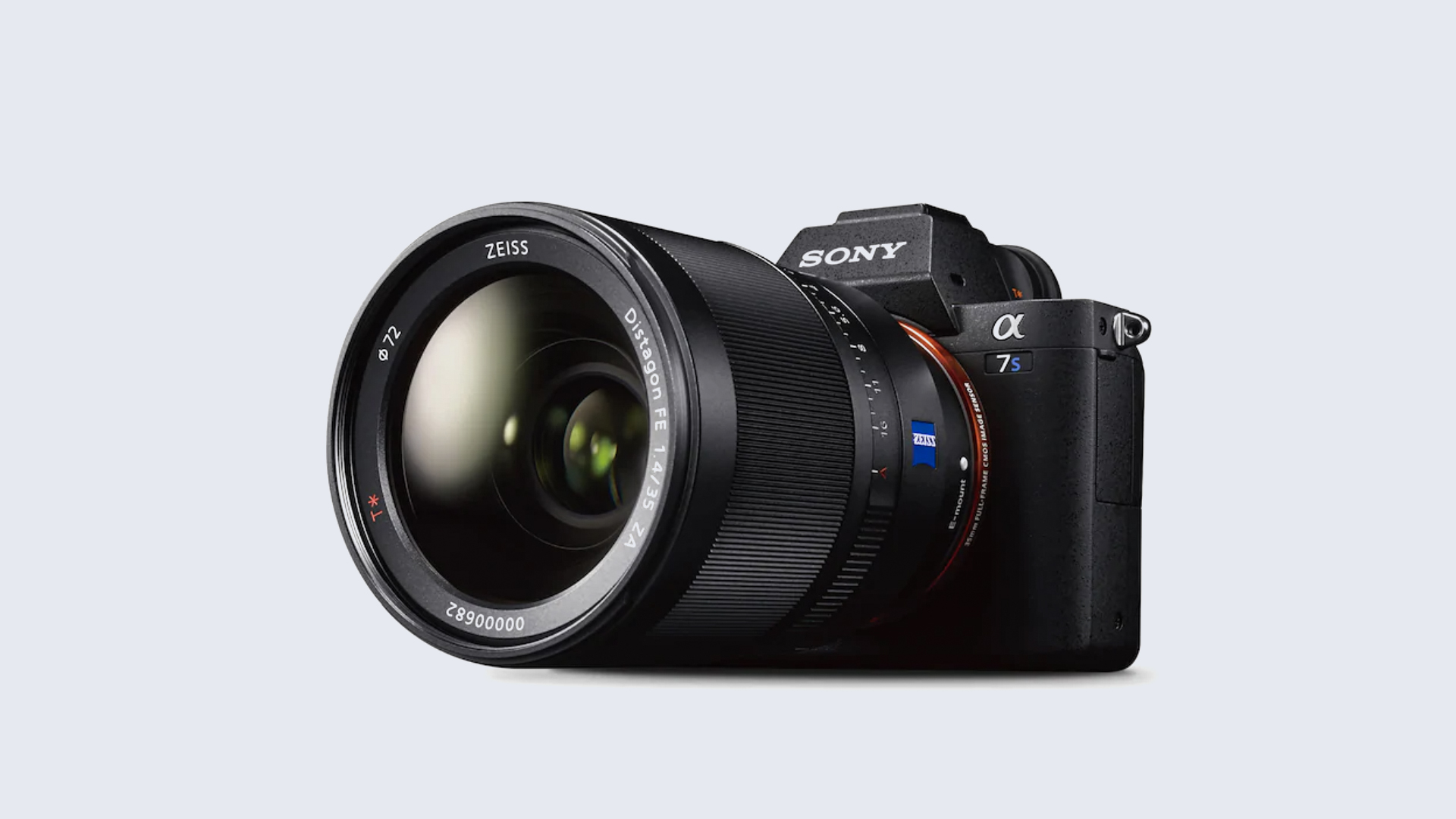
Conclusion
With all that in scope, creating documentaries is becoming more and more creative every day. But one thing that remains the same is the reality we want to film. So with the progression of cameras tailored for this use, we will have more ways to show the same incidents that happen in the world, every day.
